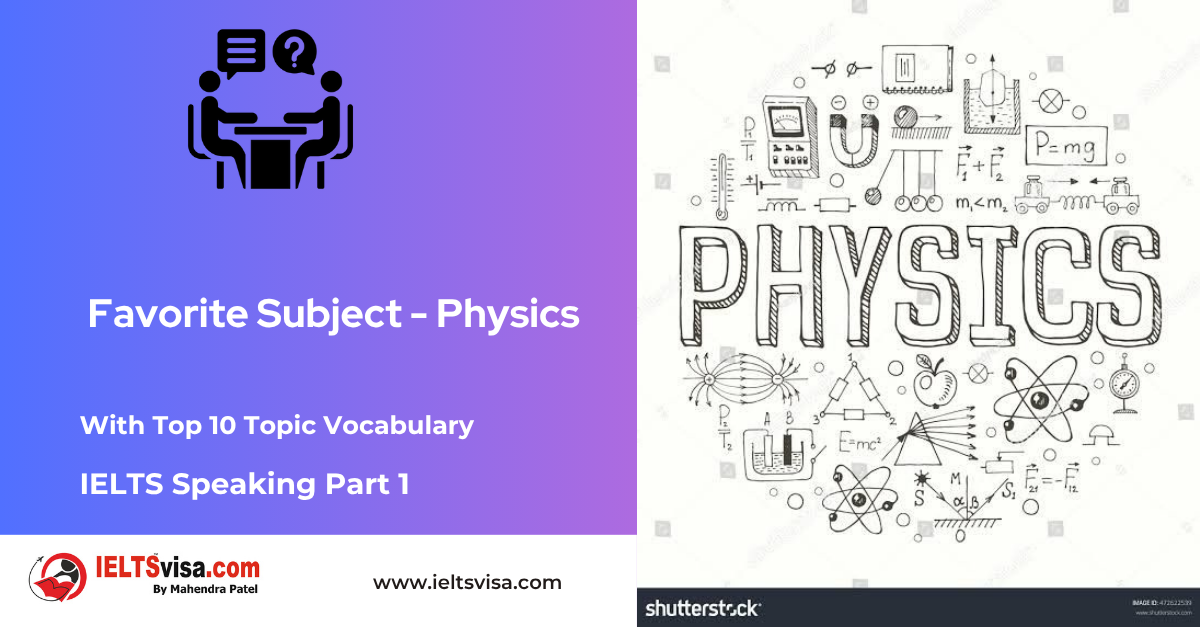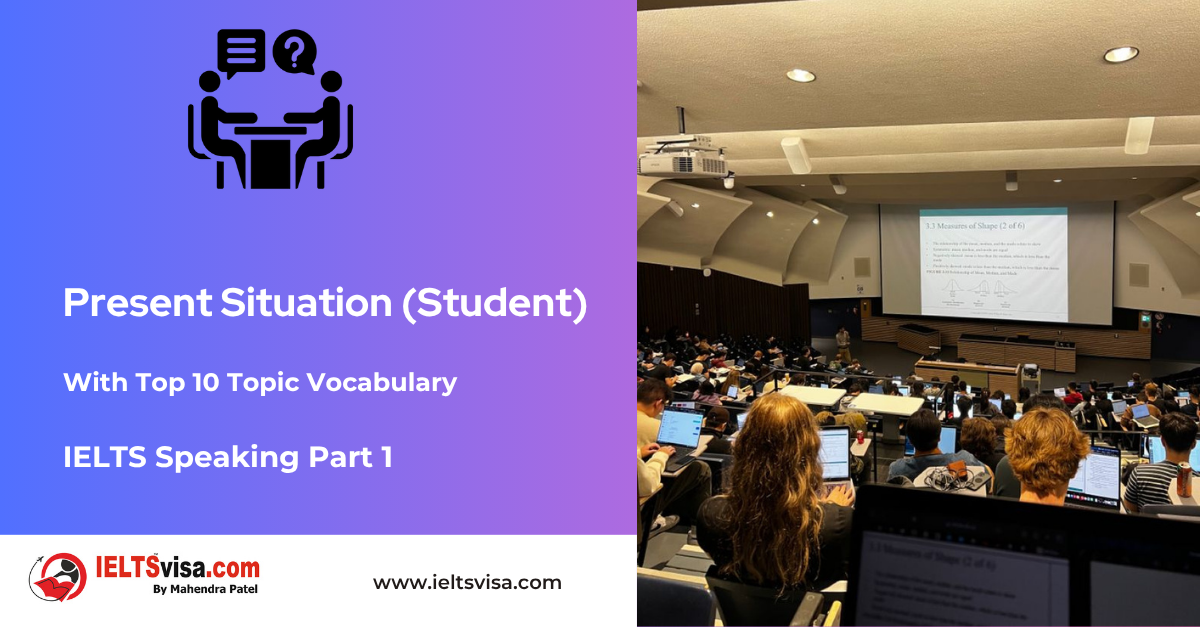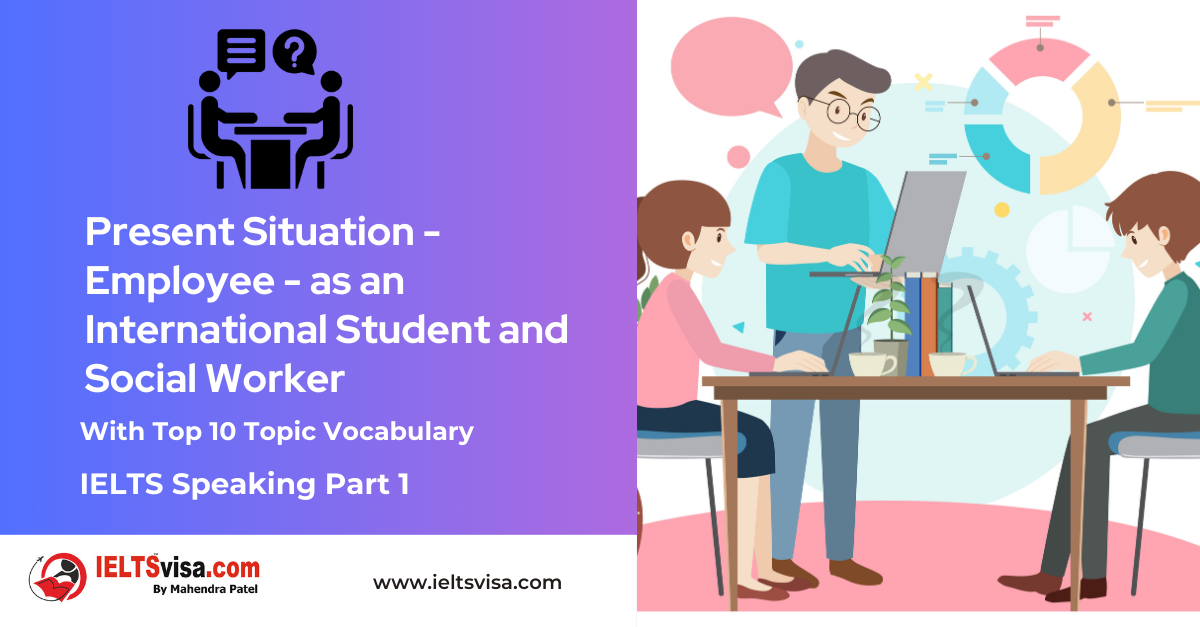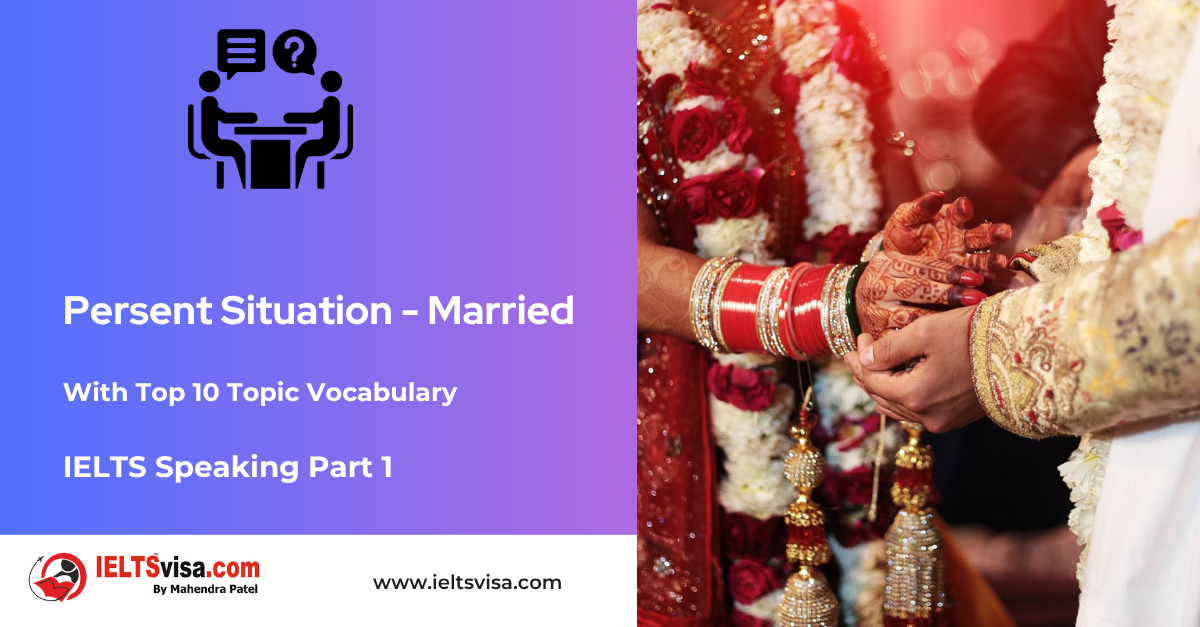Pronouns
Grammar for IELTS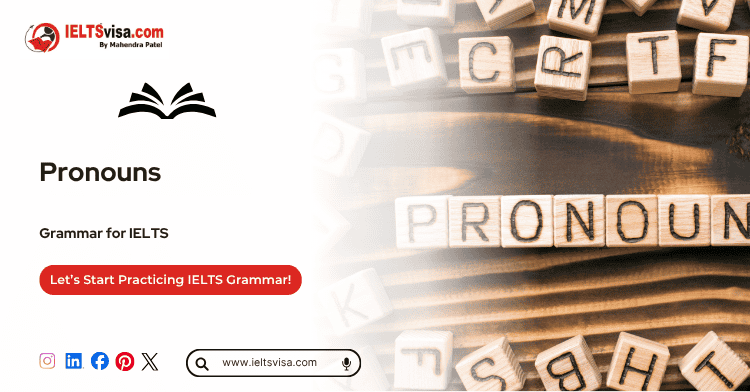
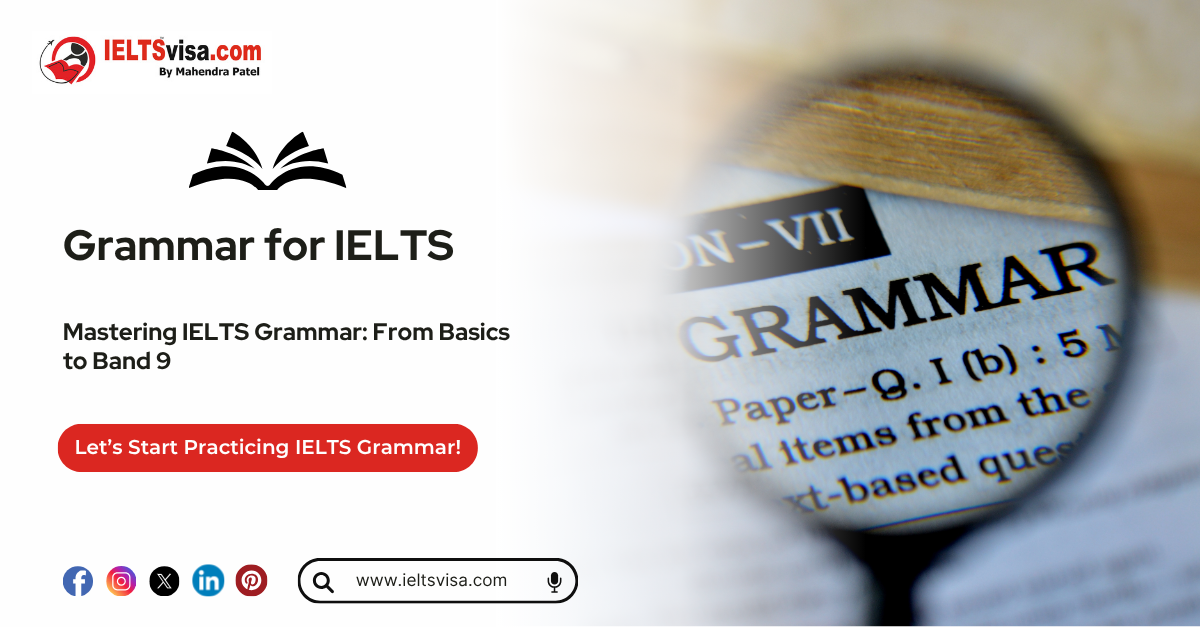
Pronouns
Have you heard of pronouns? Pronouns are an important part of English grammar, and they are typically one of the first concepts introduced in parts of speech. Pronouns help make language smoother and less repetitive by replacing nouns in sentences. In this article, we will explore the definition of pronouns, their types, and how to use them effectively with examples.
Table of Contents
1. What Is a Pronoun?
2. Definition of a Pronoun
3. Types of Pronouns with Examples
4. Practice Exercises on Pronouns
5. Frequently Asked Questions on Pronouns in English Grammar
What Is a Pronoun?
A pronoun is a word used in place of a noun. It avoids the repetition of nouns in sentences and helps make sentences more concise. Pronouns can be singular or plural and should always agree with the verb in the sentence.
Examples:
1. Instead of saying, “John went to John’s house to get John’s bag,” you can say, “John went to his house to get his bag.”
2. “She enjoys reading books” – Here, she is a pronoun that replaces the name of a female.
Pronouns are classified into three main categories based on grammatical person:
|
Person |
Singular Pronouns |
Plural Pronouns |
|
First Person |
I, Me |
We, Us |
|
Second Person |
You |
You |
|
Third Person |
He, She, It, Him, Her |
They, Them |
Definition of a Pronoun
According to the Cambridge Dictionary, a pronoun is “a word that is used instead of a noun or a noun phrase.”
The Merriam-Webster Dictionary defines pronouns as “any of a small set of words (such as I, she, he, you, it, we, or they) that substitute for nouns or noun phrases.”
The Collins Dictionary states that “a pronoun is a word you use to refer to someone or something when you do not need to use a noun.”
Types of Pronouns with Examples
Pronouns can be classified into several types based on their functions in sentences. Let’s look at the different types with examples:
1. Personal Pronouns
These replace proper nouns and are categorized into subject and object pronouns.
Examples:
-
- Subject pronouns: I, you, he, she, it, we, they
- Object pronouns: me, him, her, us, them
Usage:
-
- He is my best friend.
- Can you help me with this project?
Possessive Pronouns
These show ownership or possession.
Examples: mine, yours, his, hers, its, ours, theirs
Usage:
-
- That book is mine.
- The red house is theirs.
Reflexive Pronouns
These refer back to the subject of the sentence.
Examples: myself, yourself, herself, himself, itself, ourselves, yourselves, themselves
Usage:
-
- She baked the cake herself.
- They blamed themselves for the accident.
Relative Pronouns
These connect clauses or phrases are used to connect to a noun or pronoun.
Examples: who, whom, whose, which, that
Usage:
-
- This is the boy who won the race.
- The bag that you left on the table is mine.
Demonstrative Pronouns
These point to specific objects or people.
Examples: this, that, these, those
Usage:
-
- This is my favourite dress.
- Those are her shoes.
Interrogative Pronouns
These are used to ask questions.
Examples: who, what, when, where, why, which, whom
Usage:
-
- Who is coming to the party?
- Which is your favorite subject?
Indefinite Pronouns
These refer to non-specific people or things.
Examples: someone, anybody, everyone, nobody, something, anything, none
Usage:
-
- Someone left their phone on the table.
- Nothing can stop us now.
Reciprocal Pronouns
These express a mutual relationship between two or more people.
Examples: each other, one another
Usage:
-
- They helped each other during the tough times.
- The two friends looked out for one another.
Intensive Pronouns
These emphasize a noun or another pronoun in the sentence.
Examples: myself, yourself, himself, herself, itself, ourselves, yourselves, themselves
Usage:
-
- I will do it myself.
- He repaired the car himself.
Practice Exercises on Pronouns
Exercise 1: Identify the pronouns and their types in the following sentences:
1. She completed the assignment on time.
2. This book is yours.
3. We bought ourselves a treat.
4. I met a girl who knows you.
5. Nobody called me yesterday.
Exercise 2: Replace the underlined nouns with appropriate pronouns:
1. John and Sarah went to the park.
2. I gave the book to the teacher.
3. The dog is wagging its tail.
4. This car belongs to my father.
5. The children are playing in the garden.
Frequently Asked Questions on Pronouns
Q1. What is a pronoun?
A pronoun is a word used in place of a noun to avoid repetition and make sentences less cumbersome.
Q2. How are pronouns classified?
Pronouns are classified into various types: personal, possessive, reflexive, relative, demonstrative, interrogative, indefinite, reciprocal, and intensive pronouns.
Q3. Can you give examples of reflexive pronouns?
Examples of reflexive pronouns are myself, yourself, herself, himself, itself, ourselves, yourselves, and themselves.
Q4. What is the difference between relative and interrogative pronouns?
Relative pronouns connect clauses or phrases to a noun (e.g., who, which), while interrogative pronouns are used to ask questions (e.g., who, what).
Q5. Why are pronouns important?
Pronouns simplify language, reduce repetition, and improve sentence flow by replacing nouns.

Our Books
Master IELTS Speaking Part 1
IELTS Writing Task 1 Book
IELTS Writing Task 2 Book
Practice IELTS Other Modules
IELTS Listening
The IELTS Listening test assesses how well you can understand spoken English in various contexts. It lasts about 30 minutes and is divided into four sections with a total of 40 questions. The listening tasks become increasingly difficult as the test progresses.
IELTS Academic Reading
The IELTS Academic Reading section assesses your ability to understand and interpret a variety of texts in academic settings. It is designed to evaluate a range of reading skills, including skimming for gist, reading for main ideas, reading for detail, understanding inferences, and recognizing a writer's opinions and arguments.
IELTS Speaking
The IELTS Speaking test assesses your ability to communicate in English on everyday topics. It lasts 11-14 minutes and consists of three parts: introduction, cue card, and a discussion based on the cue card topic.
IELTS General Reading
IELTS General Reading tests your ability to understand and interpret various types of texts. Here are some key areas and types of content you can expect to encounter in the reading section, along with tips for effective preparation.
IELTS Academic Writing Task 1
In IELTS Academic Writing Task 1, you are presented with a visual representation of information, such as graphs, charts, tables, or diagrams, and you are required to summarize, compare, or explain the data in your own words.
IELTS General Writing Task 1
In IELTS General Writing Task 1, you are required to write a letter based on a given situation. The letter can be formal, semi-formal, or informal, depending on the prompt. Here’s a breakdown of the key components to include in your letter
IELTS Academic Writing Task 2
In IELTS Academic Writing Task 2, you are required to write an essay in response to a question or topic. Here’s a guide to help you understand the essential elements of this task
IELTS Exam Tips
To succeed in the IELTS exam, practice regularly, familiarize yourself with the test format, improve your vocabulary, develop time management skills, and take mock tests to build confidence.
Grammer for IELTS
Grammar is the foundation of effective communication in English. Understanding tense usage, subject-verb agreement, and sentence structure enhances clarity and coherence in writing and speaking.
Vocabulary for IELTS
Vocabulary plays a crucial role in the IELTS (International English Language Testing System) exam, especially in the Speaking and Writing sections. Here’s an overview of why vocabulary is important and how it impacts your performance
RECENT IELTS SAMPLES QUESTIONS AND ANSWERS
IELTS Speaking Part 1 – Favourite Sujbect – Physics
IELTS Speaking Part 1 - Favourite Sujbect - Physics Q: What is your favourite subject? A: My favourite subject...
IELTS Speaking Part 1 – Present Situation (Student)
IELTS Speaking Part 1 - Present Situation (Student) Q1: Are you a student or do you work?A: I’m a full-time...
IELTS Speaking Part 1 – Present Situation – Employee – as an International Student and Social Worker
IELTS Speaking Part 1 - Present Situation - Employee - as an International Student and Social Worker Q1: Are...
IELTS Speaking Part 1 – Persent Situation – Employee- as an Electric Engineer
IELTS Speaking Part 1 - Persent Situation - Employee- as an Electric Engineer Q1: What do you do for a...
IELTS Speaking Part 1 – Persent Situation – Employee – as an Software Engineer
IELTS Speaking Part 1 - Persent Situation - Employee - as an Software Engineer Q1: What do you do for a...
IELTS Speaking Part 1 – Persent Situation – Married
IELTS Speaking Part 1 - Persent Situation - Married Q1: Are you married?A: Yes, I am married. My spouse and I...

